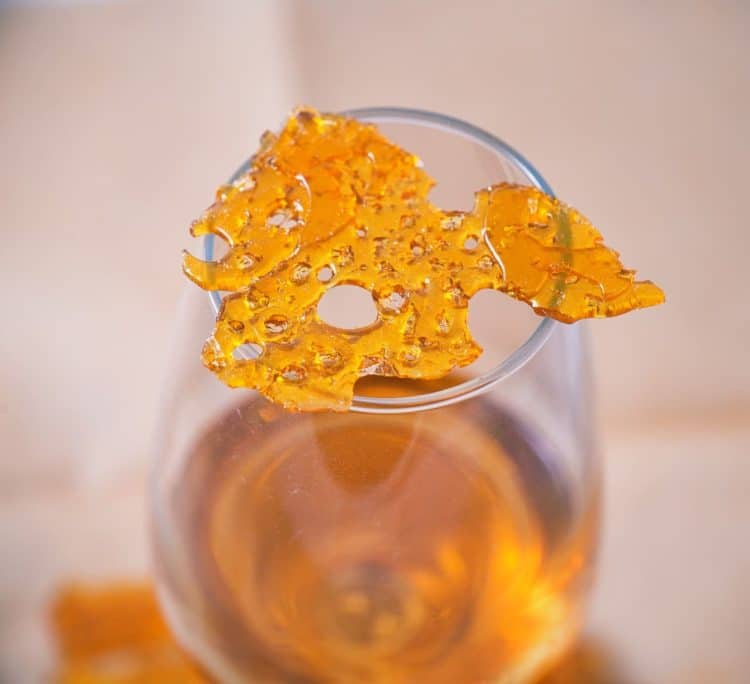No matter what you are extracting, or how you are doing it, it is critical to know what you put into your extractor, and what you got back out. This relates the almighty mass balance, and conducting this exercise can tell you several things.
Firstly, it can tell you if there were any egregious losses of unaccounted mass, which will certainly raise some red flags and cause a root cause investigation. If you put in 100 kg, and you only got back 70 kg of output mass, where did the other 30 kg go? Lost mass means lost money and lost medicine.
Secondly, the mass balance provides your mass yield. If you have 15 kg of crude oil extracted from the 100 kg input, then of course, you’ve got a 15% mass yield. The mass yield can be a deceiving number, however. For example, pulling waxes out of the plant will increase the number but will have concomitant post-extraction winterization needs if you are not removing waxes inline.
What’s more important when determining the mass balance is where the cannabinoids/terpenes are or went. If you’re extracting hemp, measuring the cannabidiolic acid (CBDA) and cannabidiol (CBD) or, increasingly so, the cannabigerolic acid (CBGA) and cannabigerol (CBG) in your biomass will provide you with the starting amount of these species. You can then use the mass of total CBD obtained here to trace the cannabinoid(s) throughout your process. It’s the mass of the cannabinoids/terpenes in a given product stage that matters.
If you are using a tunable method like sub- or supercritical carbon dioxide (CO2), knowing what’s coming out after running an experimental set of conditions can help you tweak your method to hone in on getting the most out of your plants. You could, for example, run subcritical CO2 first to fractionate the terpenes. Using a terpene profile acquired on your biomass and a corresponding profile on the terp extract will provide details on how much of the terpenes were removed as well as which specific terpenes extracted best under these conditions. Make a tweak, get an extract profile, and the dance goes on until you’ve solidified your strategy.
You could then focus on cannabinoids with supercritical CO2 and determine how much cannabinoid is in the extract and how much is left in the raffinate. Perhaps you’ll want to re-extract or perhaps you’ll recognize that further extraction will be a waste of time and resources. Either way, the data will guide you.
Mass balance doesn’t end there. If you then winterize and distill your extract, you’ll need to measure inputs and outputs by mass and analytically so you know how good of a job you did or if you need to undertake additional processing tasks. Maybe your winterization method is pulling out too much cannabinoid, or cannabinoid-rich distillate isn’t separating well from your bottom cut, requiring the re-distillation of those bottoms using a modified method.
The mass balance tells you what you have, where things went, and what you are left with. It provides valuable feedback for your process or, if you’re an equipment vendor, what customers can expect for a given batch of biomass. The principle of the mass balance should be instilled in all extraction technicians and scientists so that everyone can be better informed to make data-driven decisions.











